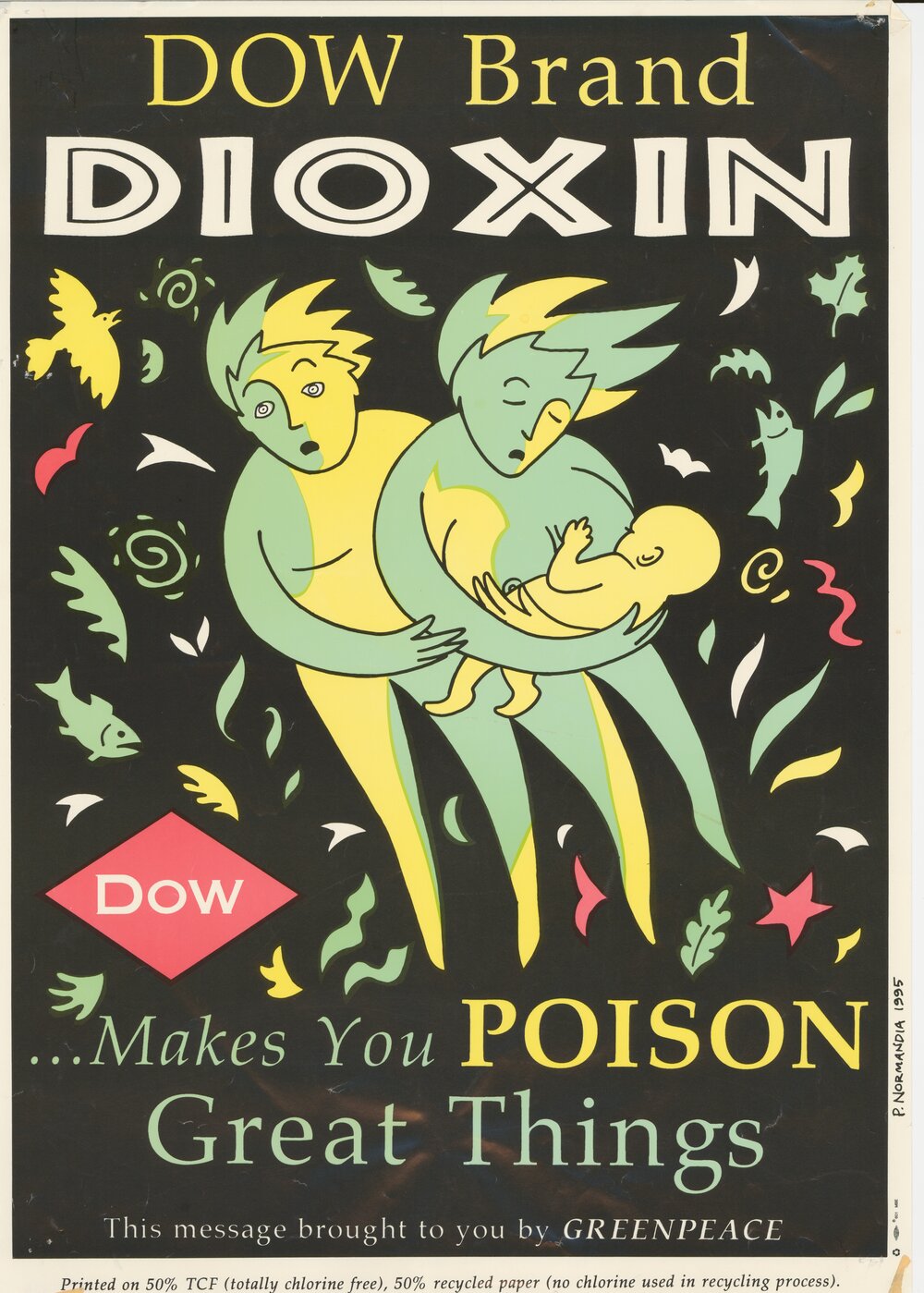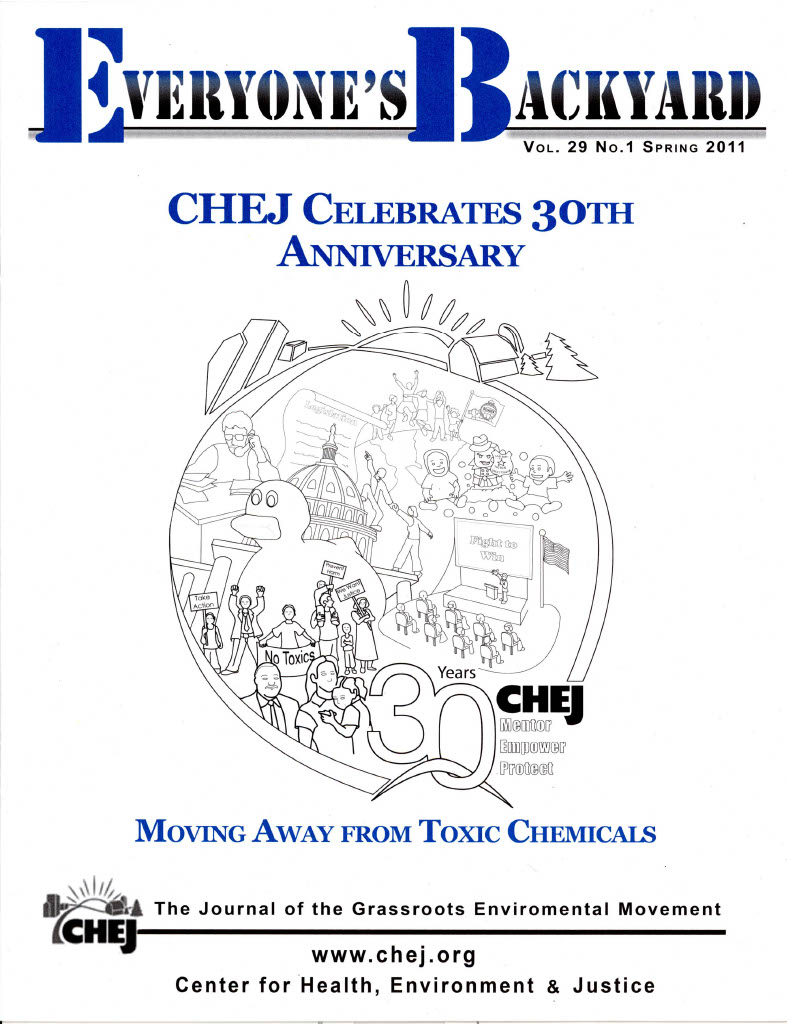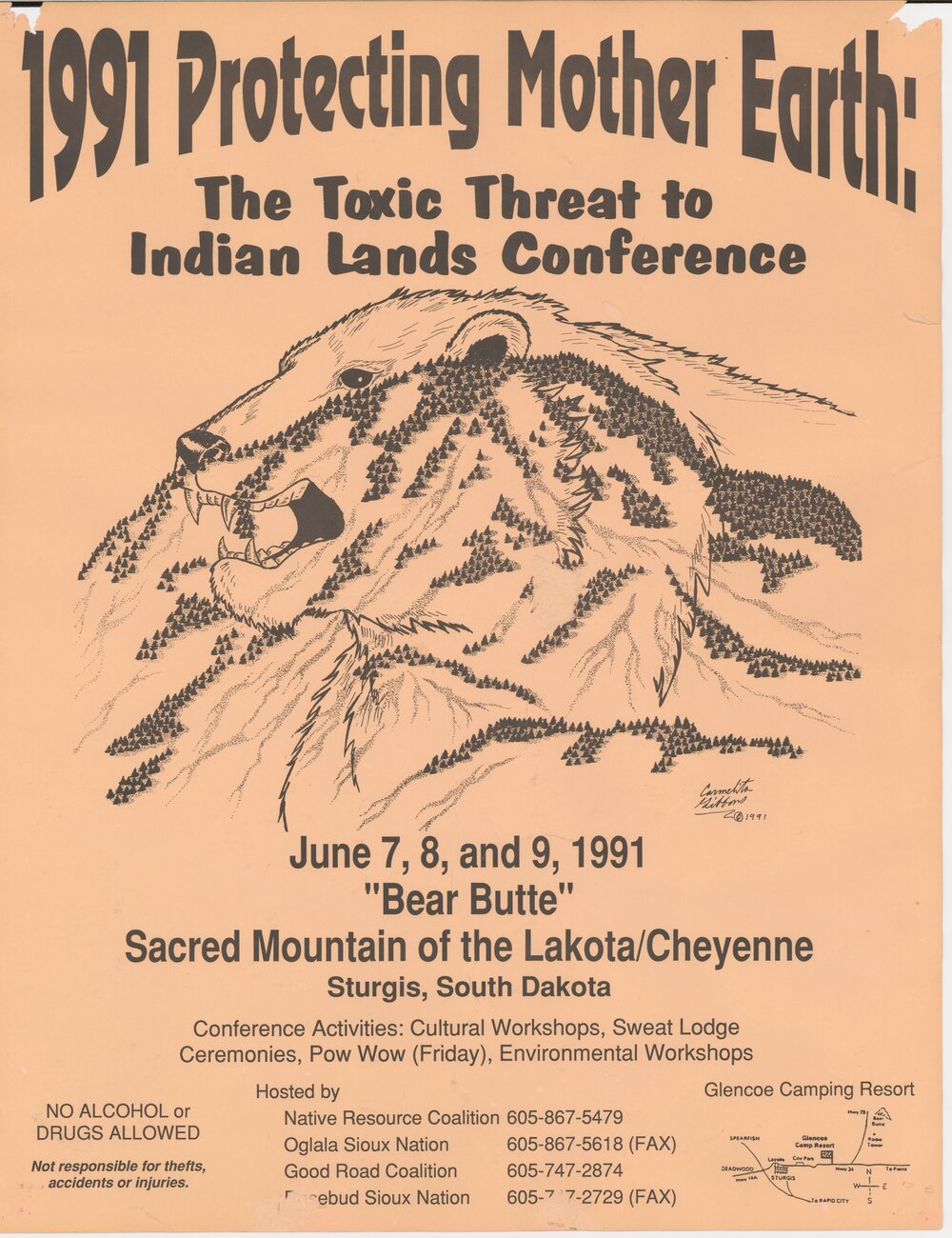
In recognition of Earth Day this April 22nd, we are highlighting our vast collection of the records of CHEJ, the Center for Health, Environment and Justice. Spanning over 800 linear feet and including over 1,000 digital objects, this collection showcases administrative records, publicity files, campaign materials, protest posters, photographs, newsletters, and more, largely created between 1985 and 2010. The collection also documents CHEJ’s efforts to support over 15,000 groups across the country that advocate for healthy communities.
The Center for Health, Environment and Justice was founded in 1981 by Lois Marie Gibbs under the name Citizen’s Clearinghouse for Hazardous Waste, Inc. (CCHW). The organization grew out of Gibbs’ experience organizing her community in Love Canal, New York. Read more about Lois Gibbs, Love Canal, and the Lois Gibbs Love Canal papers at TARC here. Gibbs' experience as a community activist led her to create CCHW to help other citizens in similar situations through grassroots organizing. The early efforts of the organization helped people obtain information and access to tools that would allow them to organize and motivate their communities, seek compensation and government aid, and understand scientific data in layman’s terms.
Between 1981 and 1983, CCHW performed site visits and developed publicity programs. These programs included films, the Everyone’s Backyard newsletter, and direct mail campaigns. In order to understand the issues facing unique communities, they developed a Community Health Profile survey that was circulated to communities exposed to toxic waste. Membership campaigns and fundraising efforts financed the growth of their organization and led to the creation of leadership development conferences. CCHW hosted these conferences in several states around the country to promote activism and leadership skills around environmental issues.
As CCHW continued to establish itself, it also operated as an information clearinghouse for hazardous waste issues. Through their main office in Virginia, they focused on providing topical information on environmental hazards, fundraising practices, and grassroots organizing. They distributed this information through Everyone’s Backyard, Action Line and Fact Packs. In 1986, they set up field offices in Texas, Georgia, and Virginia. These field offices coordinated site visits, reviewed Community Leadership Development Grant applications, and kept in contact with local organizers as they worked on projects affecting their community. CCHW field office staff attended local meetings and offered information, training, scientific analyses, and support. These field offices closed in the early-1990s, and their functions were absorbed by the main office. In 1997, CCHW changed their name to Citizen’s Clearinghouse for Hazardous Waste: Center for Health, Environment, and Justice. In 1998, they shortened the name to Center for Health, Environment and Justice.
CHEJ has led several national campaigns to inform citizens about hazardous waste threats, to put pressure on governmental agencies to affect change, and to increase community involvement in environmental issues. These nationally-led campaigns support already established grassroots efforts by raising common issues to a national audience. Past campaigns included the Landfill Moratorium Campaign in 1984, the Toxic Merry-Go-Round Campaign in 1985, the McToxics Campaign in 1987, the Kick Ash Campaign in 1988, the Stop Dioxin Campaign in 1995, the Child Proofing our Communities in 2000, the BE SAFE Campaign in 2002, and the PVC Campaign in 2004. CHEJ also established partnerships in the environmental activist community that helped create new organizations including Health Care Without Harm.
CHEJ empowers grassroots community groups across the U.S. to address public health threats and create change in their communities by providing organizational and training assistance, offering scientific and technical services, lobbying for action to prevent or correct injustices, and gathering and producing informational resources. This collection captures their efforts in a variety of media and documents the successes and challenges of the environmental movement. Today, CHEJ continues to support community, influence federal policy, and promote citizen involvement in improving and protecting the environment.
For more information about this collection please see the finding aid. For more information on how to access this collection, contact Tufts Archival Research Center.











